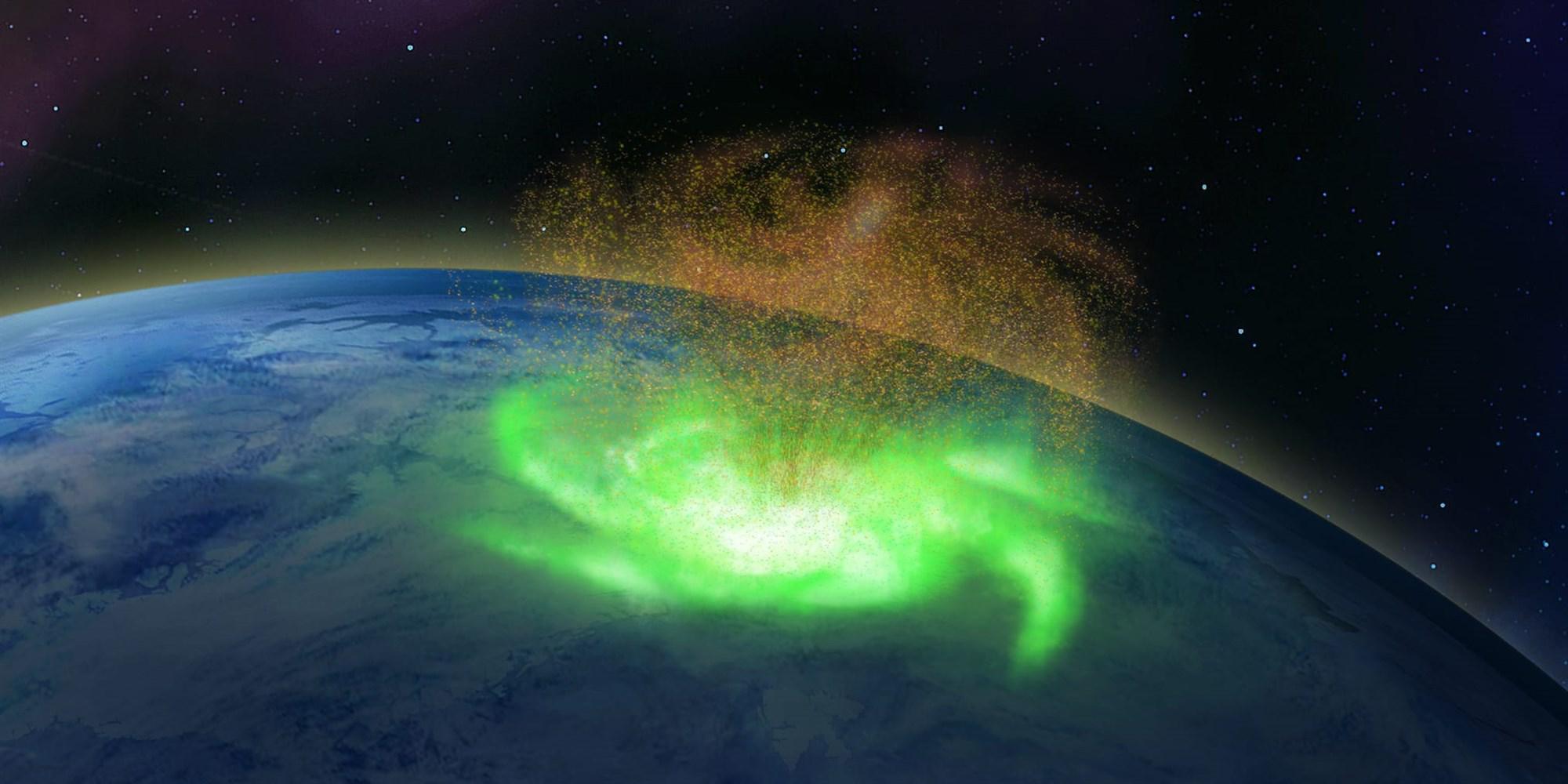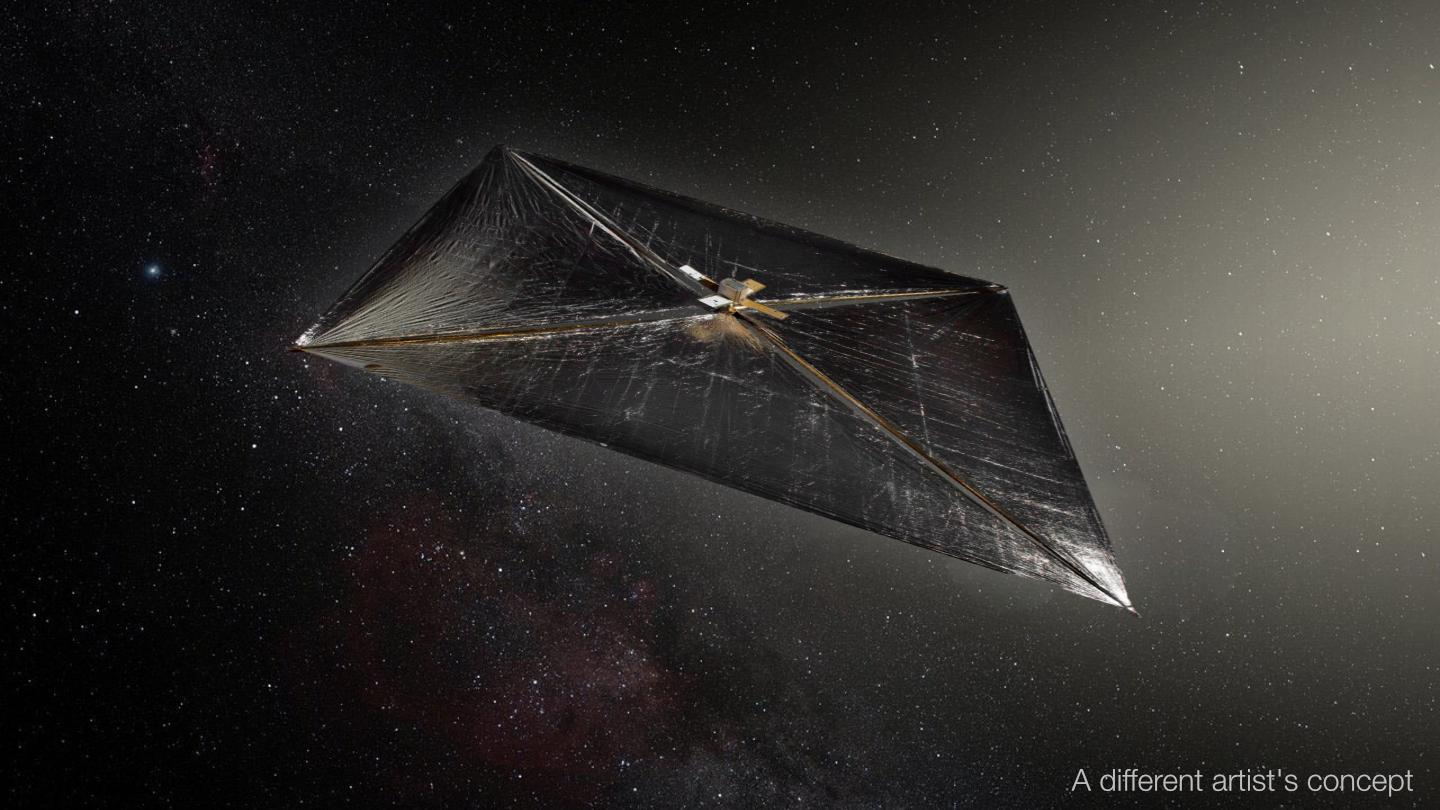astronomy
Even with six months’ notice, we can’t stop an incoming asteroid.
Scientists have long puzzled over how Mars, a cold and dry planet, was once warm enough to support liquid water.
The research suggests that roughly 1 percent of galaxy clusters look atypical and can be easily misidentified.
Oxygen is thought to be a biomarker for extraterrestrial life, but there are at least three different ways that a lifeless planet can produce it.
A study looks at how to use nuclear detonations to prevent asteroids from hitting Earth.
New studies find the interstellar comet 2I/Borisov is the most “pristine” ever discovered.
Researchers propose a new method that could definitively prove the existence of dark matter.
A new model of the Antikythera mechanism reveals a “creation of genius.”
Not only does this give us a look at the scaffolding of the universe, we found some new galaxies too!
Humans are more likely to have “first contact” with an advanced alien civilization, according to a recent NASA-funded paper.
Some scientists believe the lightning-produced frequencies may be connected to our brain waves, meditation, and hypnosis.
The controversy over the universe’s expansion rate continues with a new, faster estimate.
The rock, found in the Sahara, likely comes from a long-lost baby protoplanet.
This storm rained electrons, shifted energy from the sun’s rays to the magnetosphere, and went unnoticed for a long time.
Three lines of evidence point to the idea of complex, multicellular alien life being a wild goose chase. But are we clever enough to know?
A unique star system where exoplanets orbit their star backwards located by researchers.
One galaxy may have eaten one of its slightly smaller, more primitive neighbors.
A new study found the possible reason why some dwarf galaxies appear to not have dark matter.
Scientists with the the Dark Energy Spectroscopic Instrument (DESI) Legacy Imaging Surveys spent six years creating a detailed map of more than 1 billion galaxies.
Get the answer from two physicists who study black holes (albeit from a safe distance).
Inventions with revolutionary potential made by a mysterious aerospace engineer for the U.S. Navy come to light.
Radar astronomy is nothing new, but a new transmitter may give us unprecedented image resolution.
Researchers discover strange behavior in magnetars, ultra-powerful magnetic stars.
Ari Loeb, who suggested in 2018 that the mysterious object was an alien craft, is back to discuss the evidence.
Researchers discover black holes that violate the uniqueness theorem and have “gravitational hair.”
Identifying primordial ripples would be key to understanding the conditions of the early universe.
A unique exoplanet without clouds or haze was found by astrophysicists from Harvard and Smithsonian.
The newly discovered galaxies are 62 times bigger than the Milky Way.
Already 14 billion miles from the Sun, Voyager 1 is speeding away at 38,000 mph.
Planets can emit radio waves. For the first time, we’ve picked them up from outside the solar system.





























